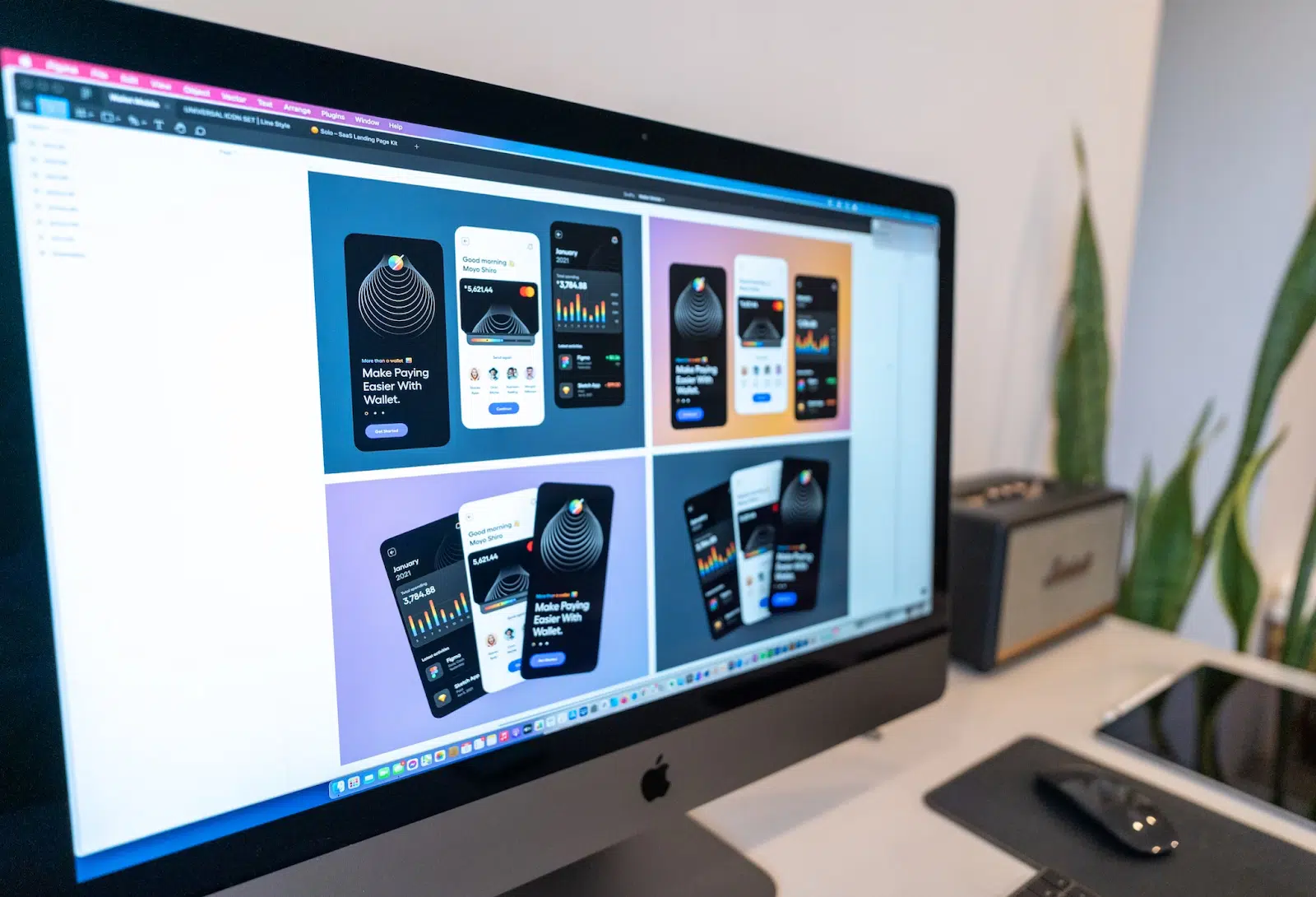The best way to include ethical elements in your design is to think about sustainability, privacy, and transparency from the get-go. Don’t just add these features at the end or toss in a privacy notice just to cover yourself. Start with a clear plan and purpose.
Kick off the design process by understanding the company’s mission and values, and make those a part of your design. This is your chance to hold the client or company accountable to their standards. As the designer, you’re in a position to help them follow through on their mission.
Watch out for Assumptions
Assumptions can trip us up, especially when we don’t talk to the people who will use the product. Designing based on guesses can lead to issues for users, the company, and even society at large. By keeping a list of your assumptions, you’ll stay aware of the weak spots in your design and know what needs testing or tweaking. Companies like https://keenethics.com/ focus on ethical practices, setting an example by regularly checking and adjusting their assumptions.
Use ‘Tough Questions’ Meetings
The first step in ethical design is to look hard at your product’s flaws and possible side effects. Some call this a ‘Tough Questions’ meeting, inspired by Socrates, the ancient Greek thinker. The idea is to put your concept through the wringer with some challenging questions. Some tools even provide prompts like:
- How long will your product last?
- What happens if millions of people use it?
- What’s the long-term impact on society, the economy, and the planet?
- Who gains from your design, loses out, or is left out?
- How could your design be used the wrong way?
These questions help you spot weak areas in your concept and come up with a list of questions and assumptions. You can then test these with real users to make sure you’re on the right track.
Dealing With Ethical Design Challenges
Ethical design often takes a back seat because it’s seen as too hard, time-consuming, or expensive. But starting with the right mindset from the get-go can make it manageable. Real change won’t happen overnight, but small, consistent steps can lead to big shifts over time.
Another challenge is figuring out who’s responsible for making sure the design is ethical. Is it the boss, the client, the person making it, the government, or the consumer?
The answer is that everyone has a role to play, designers included. Take time to check if products are ethically designed and call out those that aren’t. Companies should demand ethical design because it enhances their products. Designers can make it a part of their own ethics code, which in turn makes them more appealing. Ethical design has lasting benefits that can boost both the brand and the product for everyone involved.
Conclusion
Ethical intentions lay the groundwork for long-term, positive impact in design. From initial planning to challenging assumptions and asking tough questions, each step matters. It’s a shared responsibility that not only benefits the end user but also adds value to the brand, ultimately leading to a more ethical and inclusive digital landscape for everyone.
Lucas Noah, armed with a Bachelor’s degree in Information & Technology, stands as a prominent figure in the realm of tech journalism. Currently holding the position of Senior Admin, Lucas contributes his expertise to two esteemed companies: OceanaExpress LLC and CreativeOutrank LLC. His... Read more
